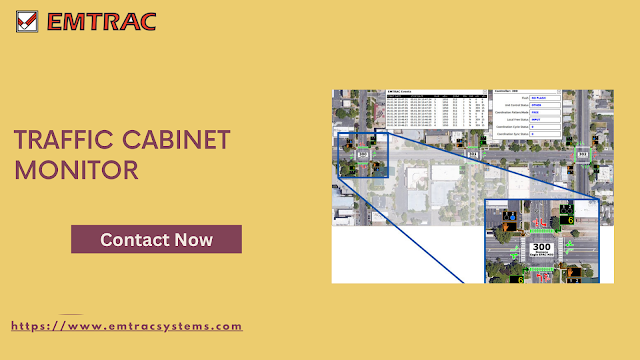Leveraging Cellular Signal Priority for Enhanced Network Performance

Mobile network operators (MNOs) are increasingly focusing on providing secure, reliable, and comprehensive communication services to meet the evolving needs of the automotive and transportation industries. In response to these requirements, Cellular Signal Priority, particularly Cellular Signal Priority , has emerged as a groundbreaking solution. C-V2X facilitates seamless communication between vehicles, road users, and infrastructure, revolutionizing transportation connectivity. Advantages of C-V2X Signal Priority: Utilization of Established LTE Networks: C-V2X operates on well-established LTE networks, ensuring robust security and extensive coverage for communication. Real-time Communication: The system enables reliable, real-time communication among all network participants, enhancing coordination and response efficiency. Support for Short- and Long-Range Transmissions: C-V2X facilitates both short- and long-range transmissions between vehicles and connected devices, ...







